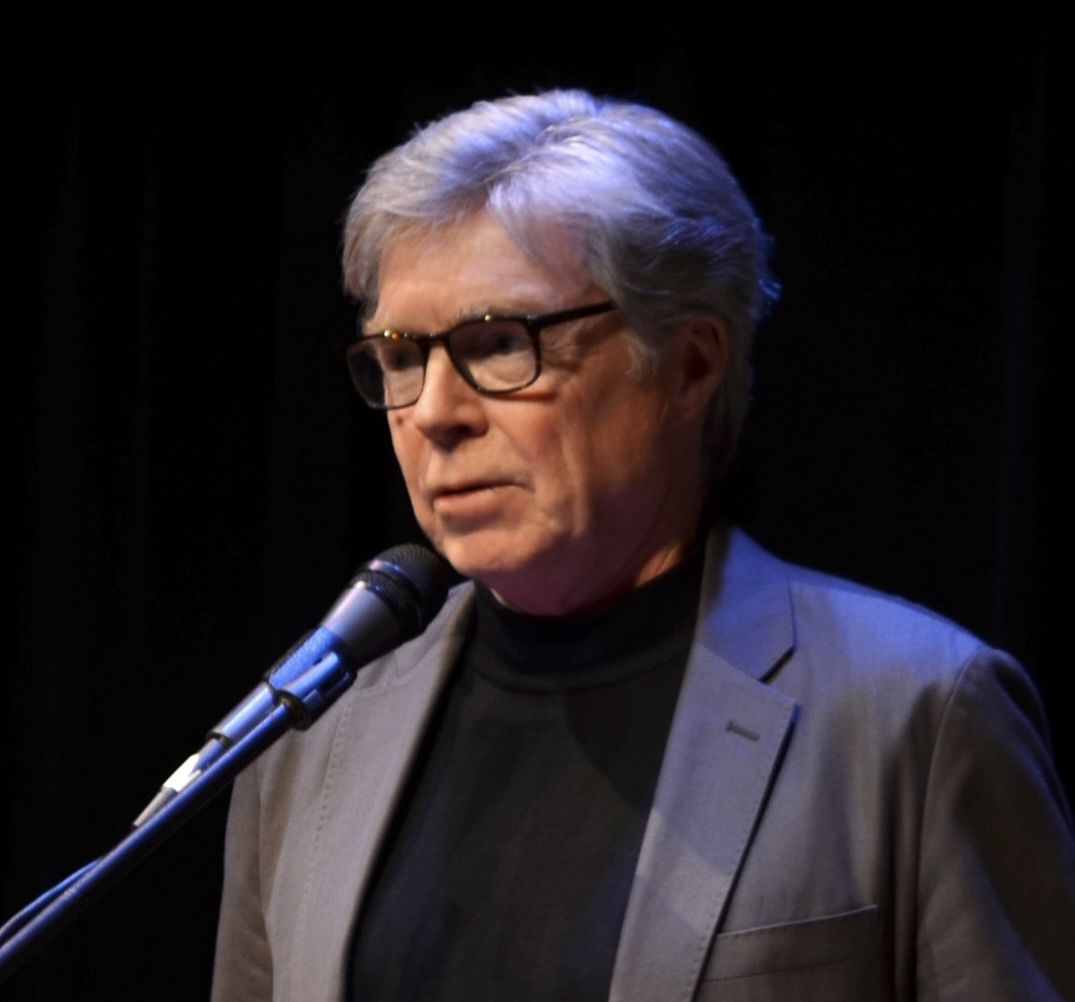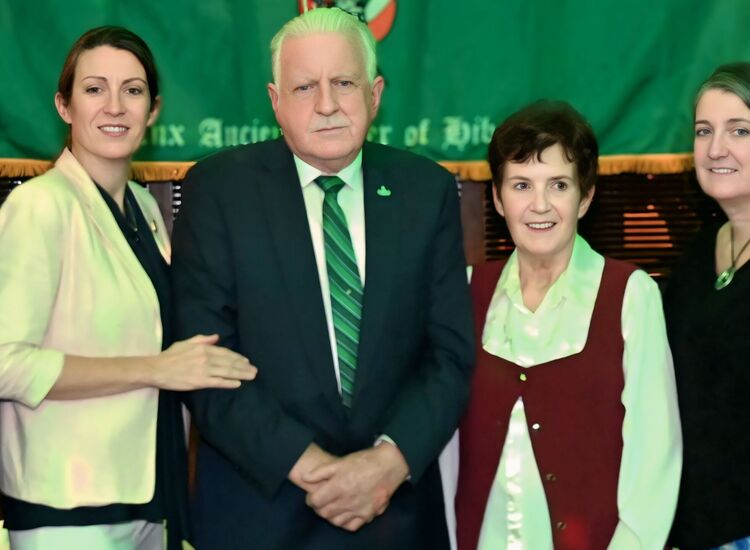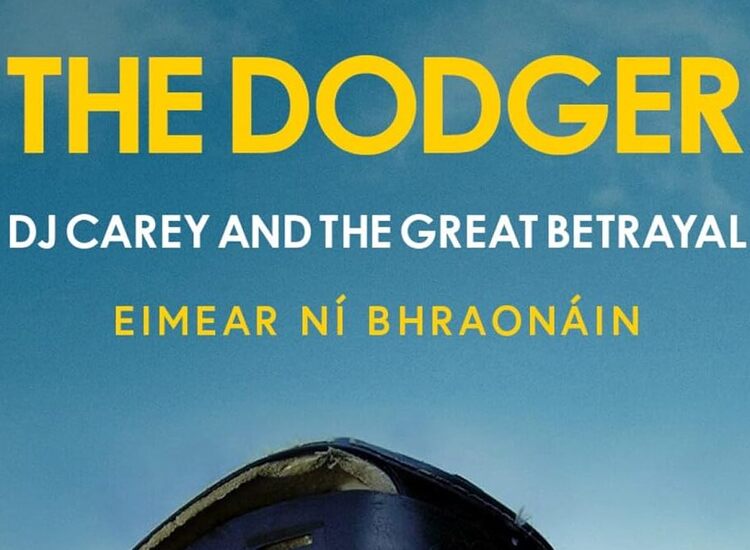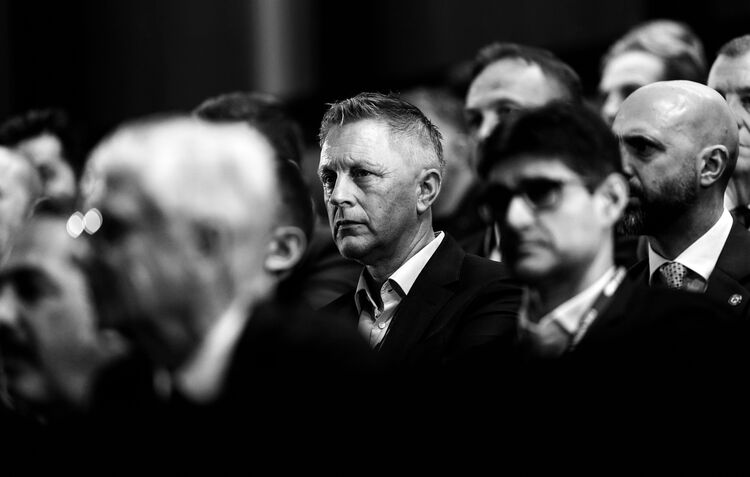“A distance achieved, thanks to the mystery of time, must not change events, landscapes, human figures into a tangle of shadows growing paler and paler.”
Csezlaw Milosz, Nobel Prize laureate, 1980
-----
Our understanding of history is never complete. Perceptions change. Time moves on and people move with it. What’s important to one generation is forgotten by the next. Nowhere is this truer than in the stories we inherit about our families. Tragedies and painful chapters are often deliberately forgotten or obscured or allowed to fade into insignificance. Instead of brightly colored portraits of the past, we’re left with a tangle of shadows.
In Irish-American immigrant families like mine, the business at hand was always moving ahead, not reliving a past marked by deprivation and disappointment. My ancestors, for instance, lived through the Great Hunger that struck Ireland in 1845 and left a million dead and caused two million—a quarter of the country—to emigrate. Growing up in New York, barely a century later, I never heard a single mention of the famine. It wasn’t until I was well along in my life that I took an interest and began to look back—not in anger, but in curiosity bordering on bewilderment at the way the voices from the past had gone mute or become faint, barely audible whispers.
Who was my first ancestor to step on American soil and what must it have been like? What were the events and circumstances in my ancestors’ lives that affected who I am? As each new wave of immigrants surged forth, each successive generation of my family washed over the last, leaving few traces of familial or cultural inheritance. A smattering of photos survived; there are no letters. A painting that hung over my grandparents’ couch and an old potato masher, which passed to my grandmother from her mother, are the only “heirlooms.” There were the occasional whispers and subtle glances, but nothing revelatory. Was memory selective or was forgetting purposeful?
How did my family live, and more importantly, how did their experiences in New York shape the person I have become? I felt only a vague connection to those who came before me. Are the roots of my existence intertwined and braided in the stories of those who arrived at the wharves of New York City in the nineteenth century? Could I somehow breathe from their space and time?
But where would I begin?
I began in a cemetery. My family lies scattered in New York’s Catholic cemeteries—all, that is, but one, a 7-hour-old baby girl. Ninety years after her death, no one knew her name, when she was born or where she was buried. The facts were few and the depth of its impact remained veiled, hidden beneath the surface. I could sense that this event had left an indelible mark on my family’s collective consciousness, but how? That event, which took place in the 1920s unexpectedly forged a connection to my family history in a way I hadn’t imagined. It inspired me to untangle the shadows of our past—of my own past—and, to the extent I could, allow those voices to speak once more.
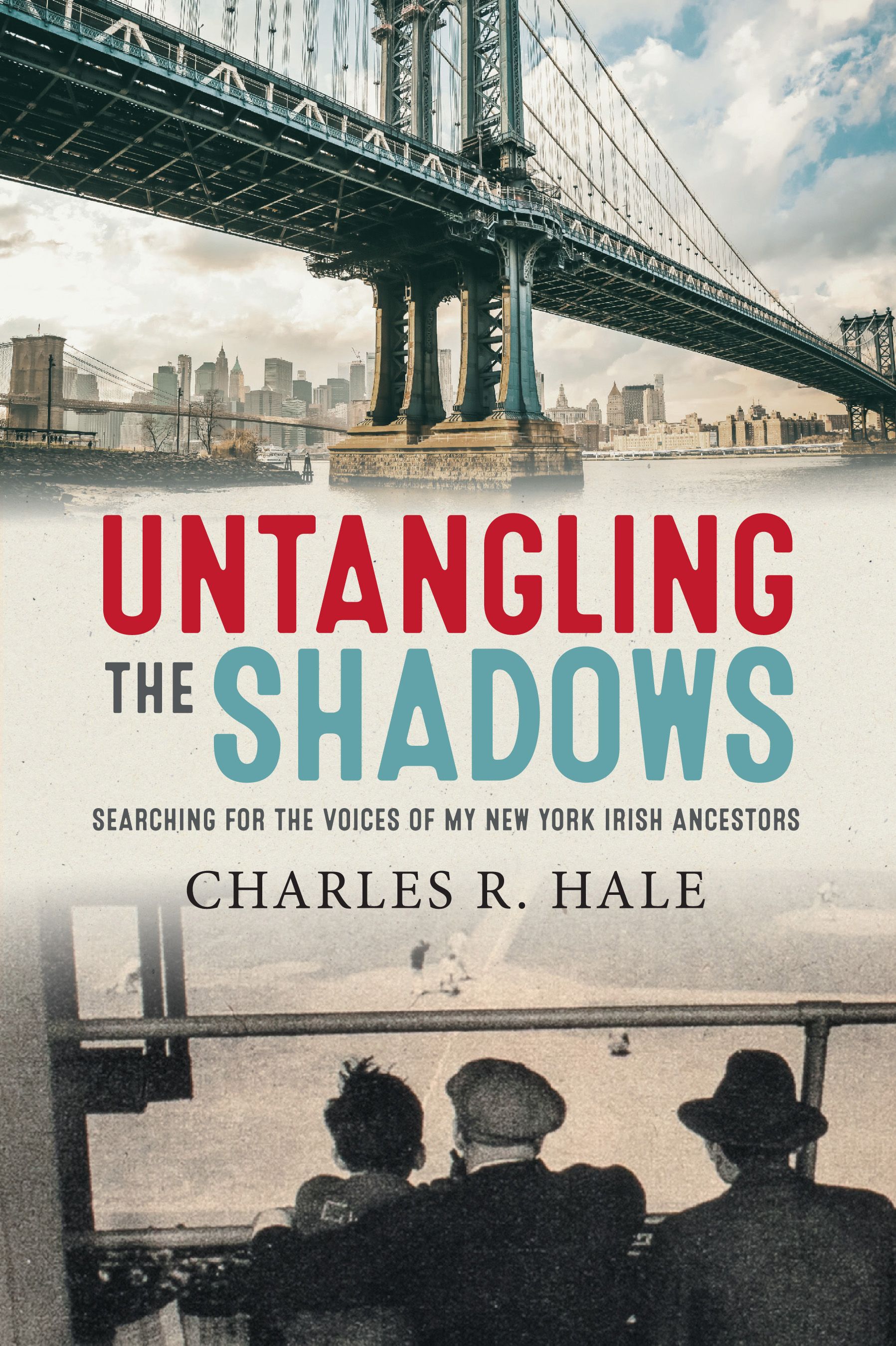
What began as a quest to unravel the mystery surrounding the death of an infant became a gripping odyssey. I Immersed myself in faded photos, newspaper articles, dusty basements, and fragments of my own memory, summoning the voices from the past, seeking to discover how my ancestors lived. Traversing landscapes, beginning at the burial site of a baby, to a butcher's shop in Ireland, to a tapestry of tenements bustling streets, and ballfields in the heart of New York City, I asked, can I navigate the hidden recesses of history and untangle the shadows that shroud the past?
I learned that my family were among the immigrants who built New York’s tunnels, paved the city’s streets, and worked in the shooting galleries that lined the Bowery. They survived the squalor of the tenements and lived amid the constant threat of fire and the contagion of deadly disease. But they all shared a common goal—the struggle to improve their families’ lives. Like millions of immigrant families, my Irish ancestors were common people; they were of little means, many of them were illiterate. When I asked myself where the traces of their existence were, I learned that they are in the untold stories, in the empty spaces where buildings once stood and on the hillsides of the cemeteries.
At the end of my search it was all very clear: Each of us lives out a story, a narrative composed of our genetics and our familial, cultural, and personal history. From the moment we are born these intertwined antecedents begin shaping our narrative. Every experience, every triumph and tribulation, becomes a part of our evolving tale and the lens through which we interpret and impose meaning upon our lives. Examining both physical and personal terrains, I embraced the transformative power of family history, the interconnectedness of the human experience, and became the torchbearer of my own ancestral tales.
Charles Hale, a native New Yorker, is a cultural and musical historian by education. He focuses on blending imagery and performance art to create uniquely New York experiences. His shows including "WWII and NYC: Connecting Time and Place," "Crossing Boroughs," and "The Musical History of the Lower East Side," have been performed at colleges, historical societies, and theatres in the New York City metropolitan area. His essays have appeared in many journals and most recently in Colin Broderick’s book “The Writing Irish of New York.” He lives in New York City.

